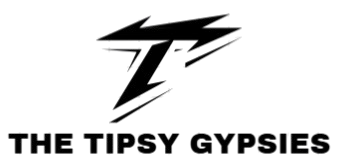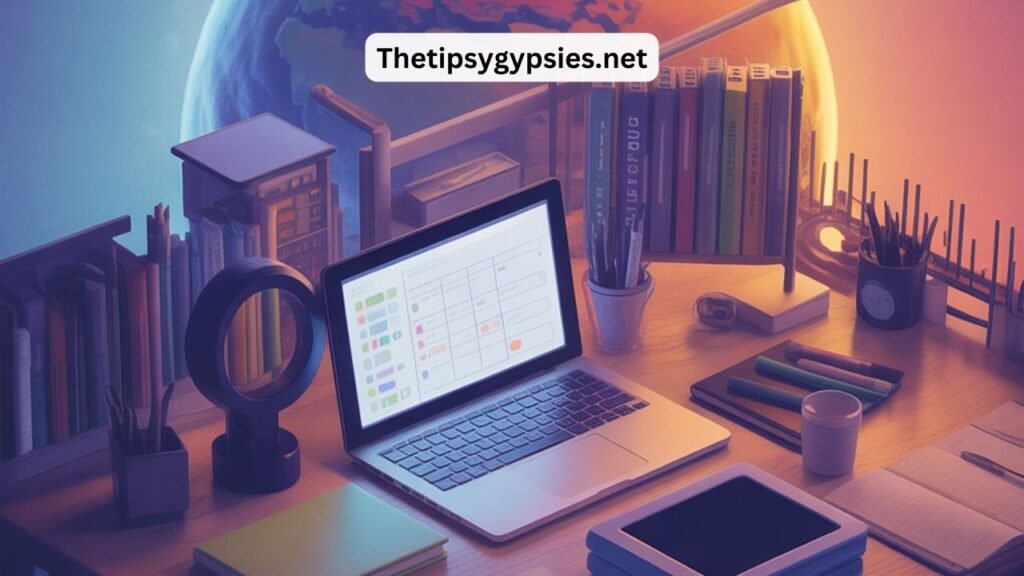In a world where change happens faster than ever, education systems must evolve to keep pace. Nova Scola, meaning “new school” in several Latin-derived languages, reflects a forward-thinking approach to learning. It goes beyond traditional teaching methods, combining technology, innovation, and human-centered values to prepare learners for a rapidly shifting future.
What is Nova Scola?
At its core, Nova Scola represents a transformation in how we think about education. It’s not just a name for a school it’s an educational philosophy. This concept focuses on personalized learning, adaptability, and preparing students for real-world challenges.
Instead of relying solely on textbooks and lectures, Nova Scola encourages dynamic learning through interactive lessons, collaborative projects, and the integration of digital tools. The goal is to create an environment where learners actively engage with knowledge instead of passively receiving it.
A Brief Look at the Origins of Nova Scola
The idea of Nova Scola may sound modern, but its foundations can be traced to education reform movements throughout history. Thinkers like Maria Montessori, John Dewey, and Paulo Freire promoted learning methods that put students at the center.
While early “new school” movements focused on hands-on and experience-based education, today’s Nova Scola takes these ideas further by incorporating cutting-edge technology, global perspectives, and skill development for a digital age.
The Core Principles of Nova Scola
The Nova Scola vision rests on a few key pillars:
Personalized Learning Paths – Tailoring education to match each student’s needs, interests, and pace.
Collaborative Skills – Encouraging teamwork and communication across diverse groups.
Critical and Creative Thinking – Preparing students to solve complex problems with innovative solutions.
Technology as a Learning Partner – Using digital tools to enhance, not replace, the role of teachers.
Lifelong Learning – Instilling the mindset that education doesn’t end with graduation.
These principles ensure that Nova Scola prepares learners not only for academic success but also for adaptability in life.
Nova Scola in the Digital Age
Technology plays a major role in the Nova Scola approach. From virtual reality classrooms to AI-powered tutoring systems, digital tools make education more engaging and accessible.
Some examples of how technology fits into the Nova Scola model include:
Virtual Classrooms – Students can connect with teachers and peers from anywhere in the world.
Gamified Learning – Interactive challenges and simulations make lessons more engaging.
Adaptive Learning Platforms – AI tailors lessons based on each student’s progress.
Global Resource Sharing – Access to a vast pool of knowledge beyond traditional textbooks.
By embracing these tools, Nova Scola ensures learning remains relevant in an ever-changing job market.
Cultural and Social Impact of Nova Scola
Education shapes the fabric of society, and Nova Scola promotes values that encourage empathy, inclusivity, and global awareness. In multicultural communities, this approach helps students understand different perspectives and cultures, reducing barriers and fostering mutual respect.
By integrating cultural studies, creative arts, and social responsibility projects, Nova Scola builds well-rounded individuals who can contribute positively to their communities.
Challenges for the Nova Scola Model
While the benefits are clear, implementing Nova Scola is not without difficulties:
Access to Technology – Not all regions have the infrastructure for modern learning tools.
Training for Educators – Teachers need support to adapt to new methods.
Curriculum Overhaul – Traditional education systems may resist rapid change.
Balancing Screen Time – Ensuring students still have face-to-face learning experiences.
Overcoming these challenges requires investment, policy change, and collaboration between governments, schools, and technology providers.
The Future of Nova Scola
Looking forward, Nova Scola is likely to become a model that influences education worldwide. As technology becomes more integrated into daily life, the boundaries between school, work, and personal learning will blur.
Future trends may include:
Immersive Learning – Widespread use of virtual and augmented reality.
Global Learning Networks – Students collaborating internationally in real time.
Skills-Based Assessment – Shifting focus from grades to demonstrated abilities.
Eco-Conscious Education – Integrating sustainability into every subject.
With these changes, Nova Scola could become the standard for preparing future generations.
Conclusion
Nova Scola is more than just a name it’s a vision of education built for the demands of the modern world. By combining innovative technology, student-centered approaches, and cultural inclusivity, it has the potential to transform how we learn and teach.
As society continues to evolve, embracing the Nova Scola mindset could help create a world where education is accessible, adaptable, and empowering for all.






